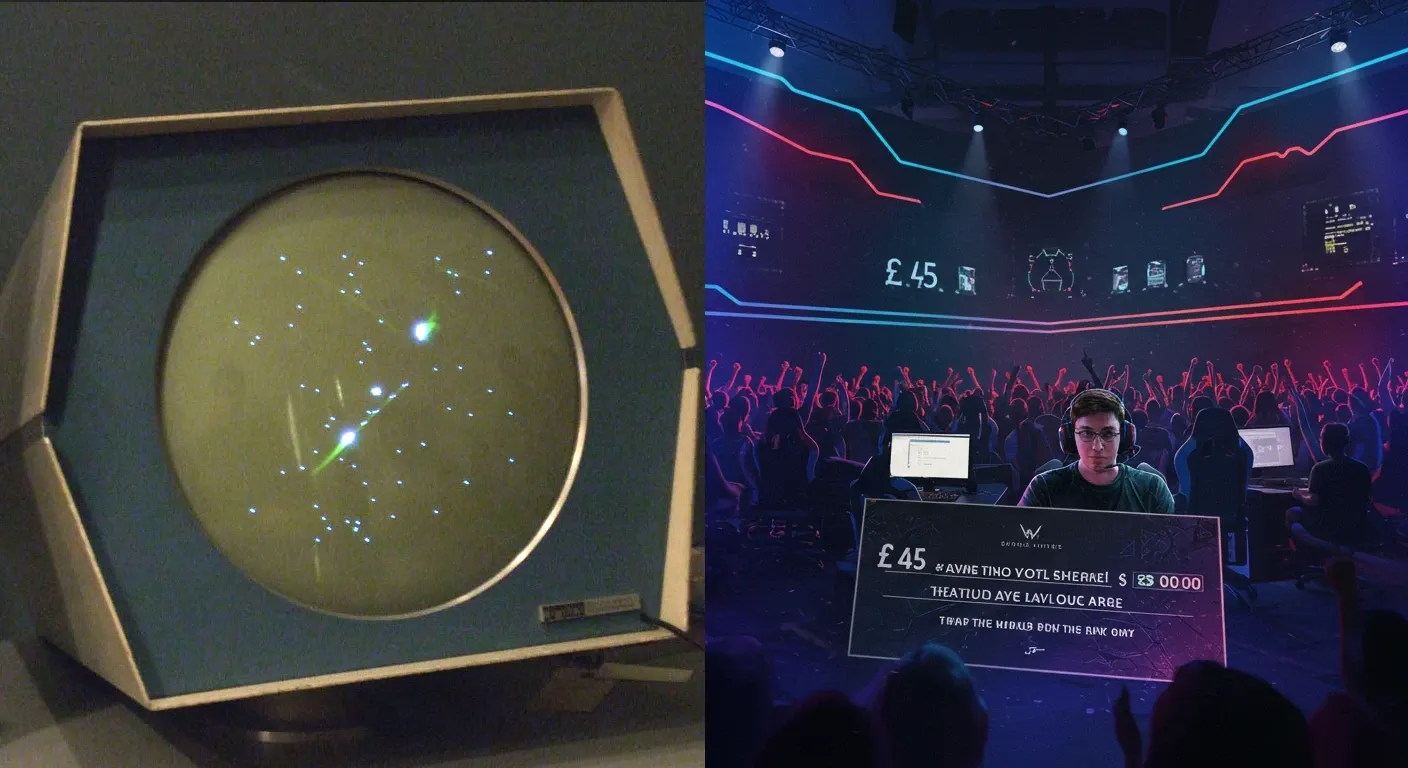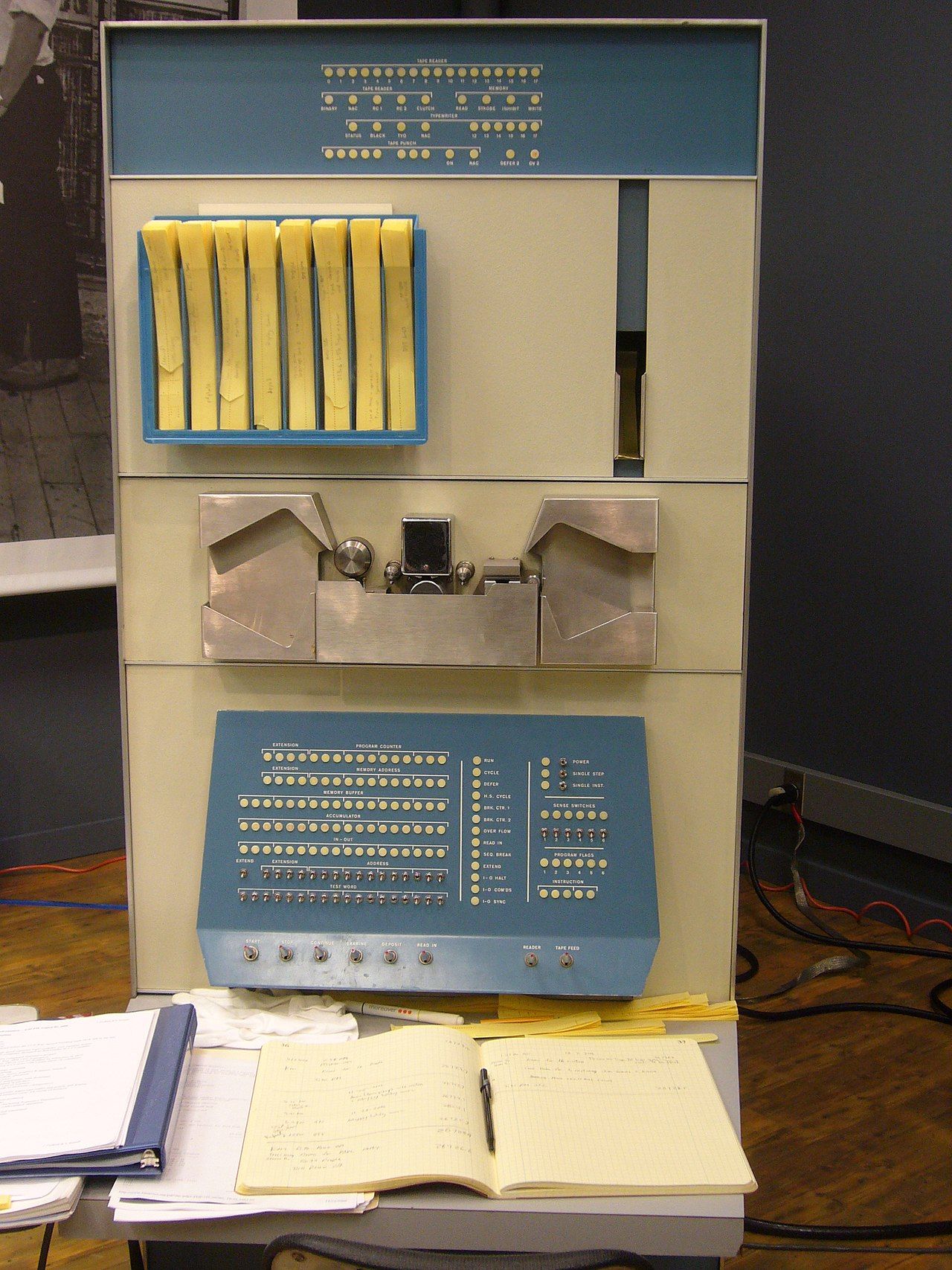
From Spacewar! to Streaming: How Fibre Fuels the eSports Revolution
Spacewar! - The Battle Begins
1972 — The first eSports event
The first eSports event was the Intergalactic Spacewar! (the exclamation mark is required) Olympics , a tournament held at the Stanford Artificial Intelligence Laboratory on 19 October 1972. The event was organised by Rolling Stone writer Stewart Brand with a grand prise of a years subscription to Rolling Stone. Spacewar! was itself the first video game ever. Programmed using punch cards (or 'hacked,' as they called it) on the DEC PDP-1 minicomputer by Steve 'Slug' Russell, the game spread to other campuses that also had a PDP-1.

Breaking through — Large tournaments of the 1980s
1980 — Space Invaders Championship
Space Invaders introduced the high score, adding a new dimension to video games — a way for players to compete against each other, even if not directly. This paved the way for large-scale tournaments.
In November 1980, Atari held the first-ever large-scale video game tournament: The National Space Invaders Championship. It drew 10,000 participants and was a crucial moment in the growth of eSports — demonstrating that there was a significant appetite for competition.
The video game crash of 1983 — E.T.
The infamous E.T. the Extra-Terrestrial game for Atari 2600 is frequently cited as a major contributor to the video game crash of 1983 — a downturn that nearly destroyed the industry. This forced companies to reconsider their strategies and paved the way for a rebirth of gaming with greater emphasis on community, competition, and innovation.
Video gaming managed to survive in Japan and with the release of the NES (Nintendo Entertainment System) in the USA so did the tournaments with the start of the Nintendo World Championships.
The Nintendo World Championships kicked off from March 8–11, 1990, at the Automobile Building in Fair Park, Dallas, Texas — although it's worth noting a precedent event, the Nintendo Challenge Championship, was held in Canada in 1989 (but, hey, we all know the USA likes to claim the spotlight). The competition toured 29 cities across the country, drawing players from three age groups (11 and under, 12–17, and 18 and up) to compete over the course of three days. The top two scorers from each city advanced to battle for the title of City Champion. Finalists walked away with a trophy, $250 in cash, and a trip for two to the World Finals at Universal Studios Hollywood in Los Angeles, while runners-up received a Power Pad and a Game Boy.
The rise of the modern era — internet, LANs, and team formations
With the growing popularity of PC gaming and high-speed internet, the 1990s and 2000s saw the rise of LAN parties (Local Area Networks) — where players connected their computers together for high-energy tournaments — and clans and teams who began training together, much like traditional sports teams. I have fond memories of playing Quake III Arena, Warcraft III and Worms Armageddon, as I type this I think I'll be going to Steam to see what's available.
This era also saw the first major tournaments for games like Counter-Strike, StarCraft, which paved the way for a rich ecosystem of team leagues and tournaments.
South Korea’s eSports domination — powered by high-speed internet
South Korea was a global leader in high-speed internet and fibre-optic rollout during the late 1990s and 2000s. This meant:
Higher internet speeds and low latency, delivering a much smoother, more reliable, and more competitive experience for players.
Affordable, ubiquitous access through PC cafés — called PC bangs — which turned gaming into a profoundly social activity and fostered strong team formations.
Cultural enthusiasm and media coverage, with games broadcast on South Korean television and superstar players becoming household names.
This strong digital infrastructure provided the foundation for South Korea’s domination in eSports — turning a growing gamer community into a powerful industry much faster than elsewhere in the world.
Milestone tournaments and growing popularity:
Cyberathlete Professional League (CPL) (1997–2008) — one of the first leagues to legitimise eSports.
World Cyber Games (WCG) (2000–2013) — frequently called the Olympics of eSports.
Electronic Sports World Cup (ESWC) (2003–Present) — a renowned international event featuring many games.
DreamHack — starting in the 1990s in Sweden, growing into the world’s largest LAN party.
Major League Gaming (MLG) — founded in 2002, MLG provided a platform for numerous games, including Halo, Call of Duty, and Smash.
The biggest tournaments today:
The International (Dota 2): Dota 2’s premier annual championship. In 2021, it reached a staggering £30 million in prize pool — funded by the community through in-game purchases.
Esports World Cup 2024 (Riyadh, Saudi Arabia): This event featured a cumulative prize pool exceeding £45 million, distributed across various games and categories — marking the largest combined prize pool in eSports history.
Gamers8: The Land of Heroes 2023 (Riyadh): This tournament offered a total prize pool of £33 million, setting a new benchmark at the time for high-profile competitive gaming events.
The role of networking and internet in growing eSports:
The growing power of the internet cannot be overstated in the evolution of competitive gaming. Without high-speed internet, low latency, and growing server technologies, we wouldn’t have leagues that connect players across continents. It’s these innovations that enable team formations, tournaments with massive brackets, and the ability for players from different time zones to compete in real time.
Streaming platforms like Twitch and YouTube further democratised eSports, turning players into celebrities, fostering growing communities, and fuelling the ecosystem’s expansion.
From a small group of friends battling for high scores to a multibillion-pound industry, the trajectory of competitive gaming shows us that games bring people together, foster competition, and unite players across the globe. The future promises even more — with growing leagues, growing prize pools, growing viewership, and growing opportunity for players to make their mark.
Image attribution
Image By Kenneth Lu - Spacewar! CC BY 2.0, Link was altered.
By Takuya Oikawa - P1020813, CC BY-SA 2.0, Link